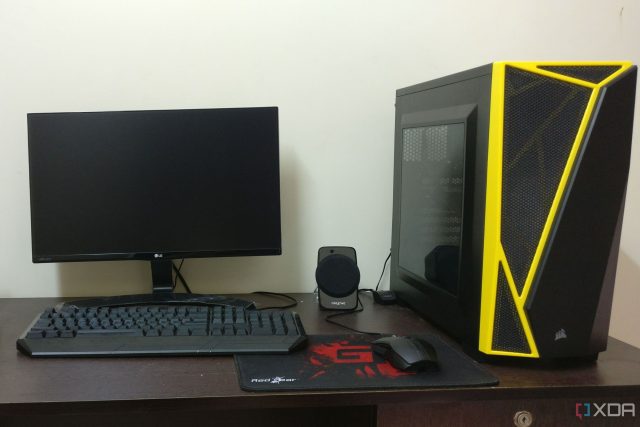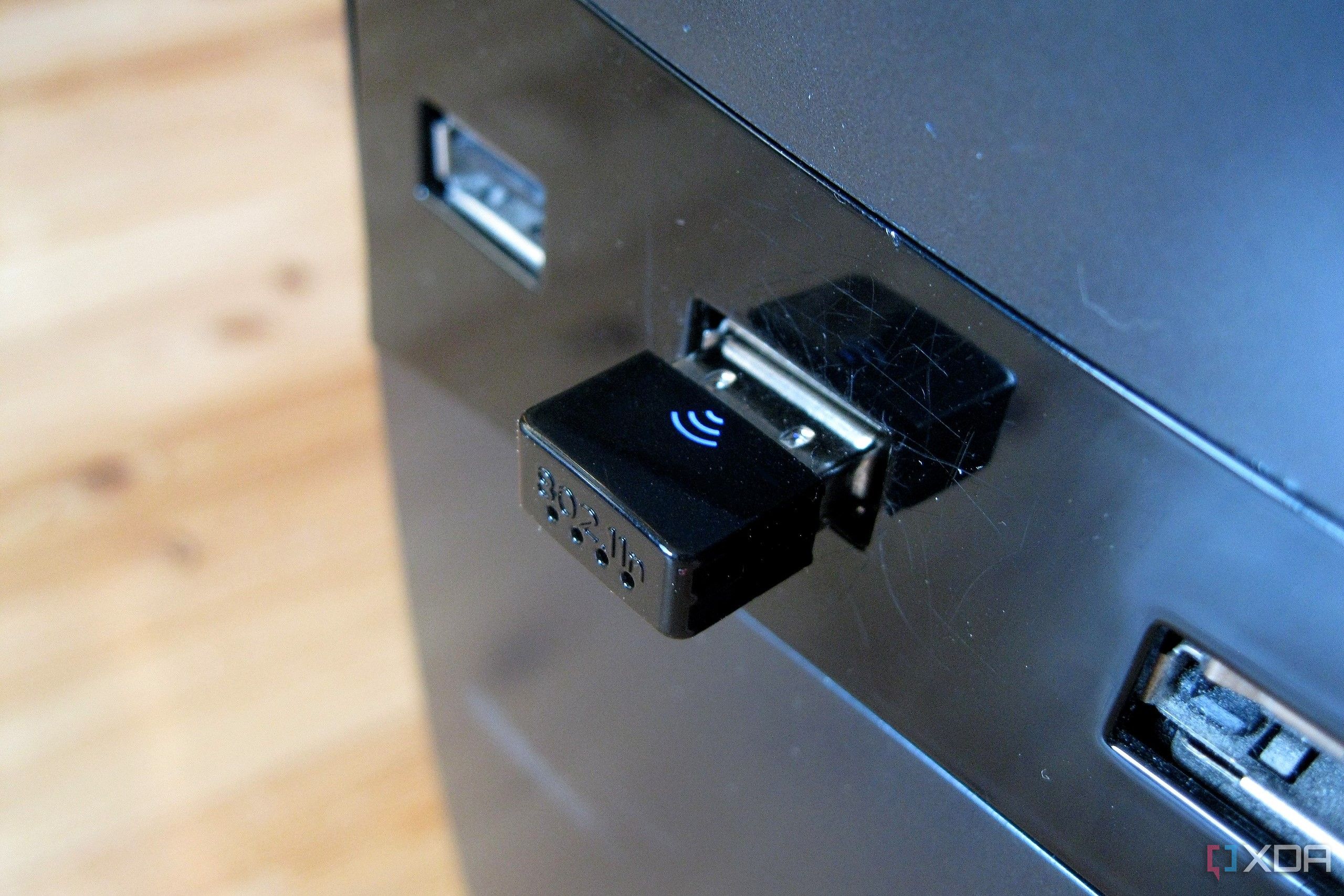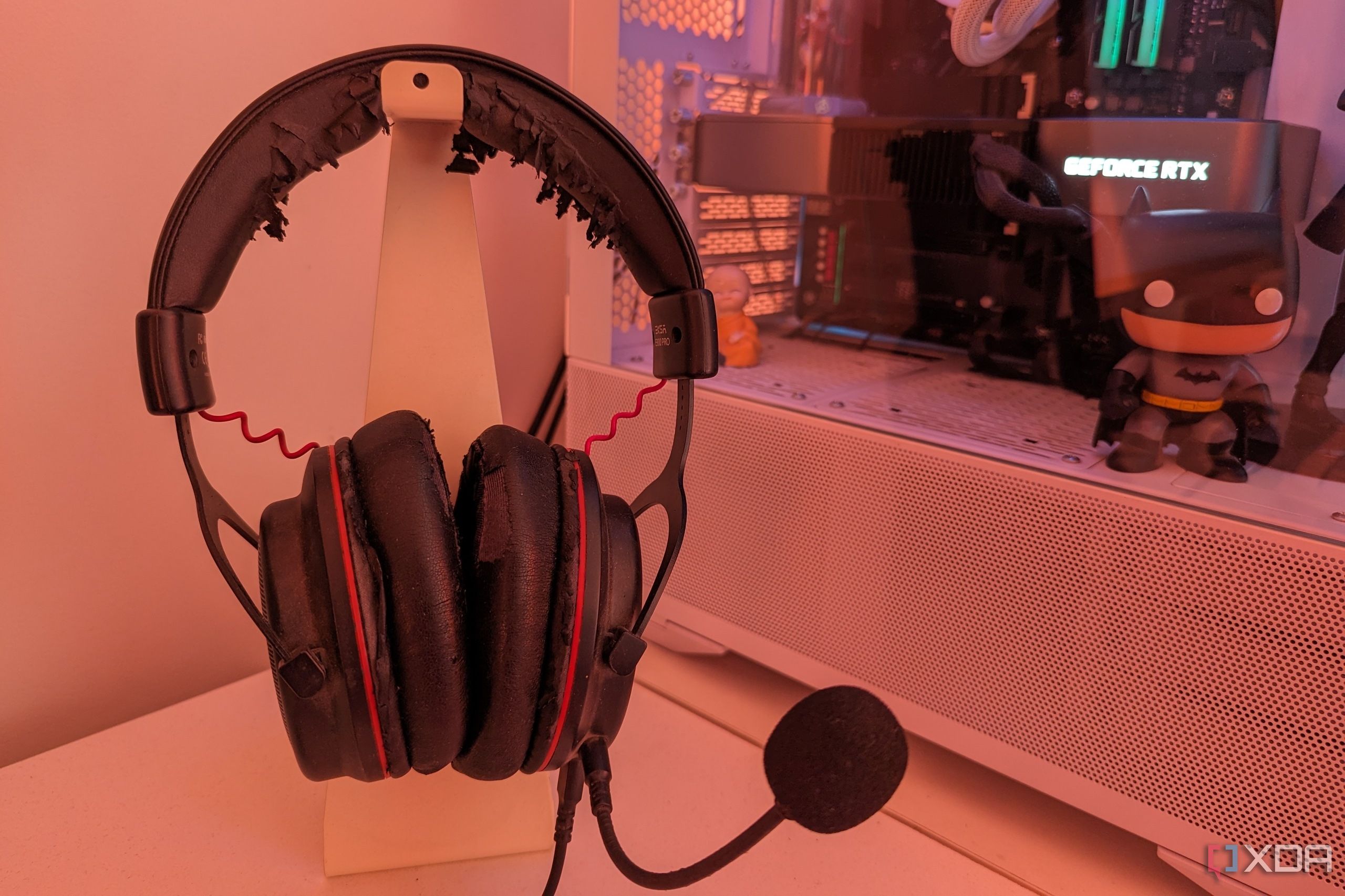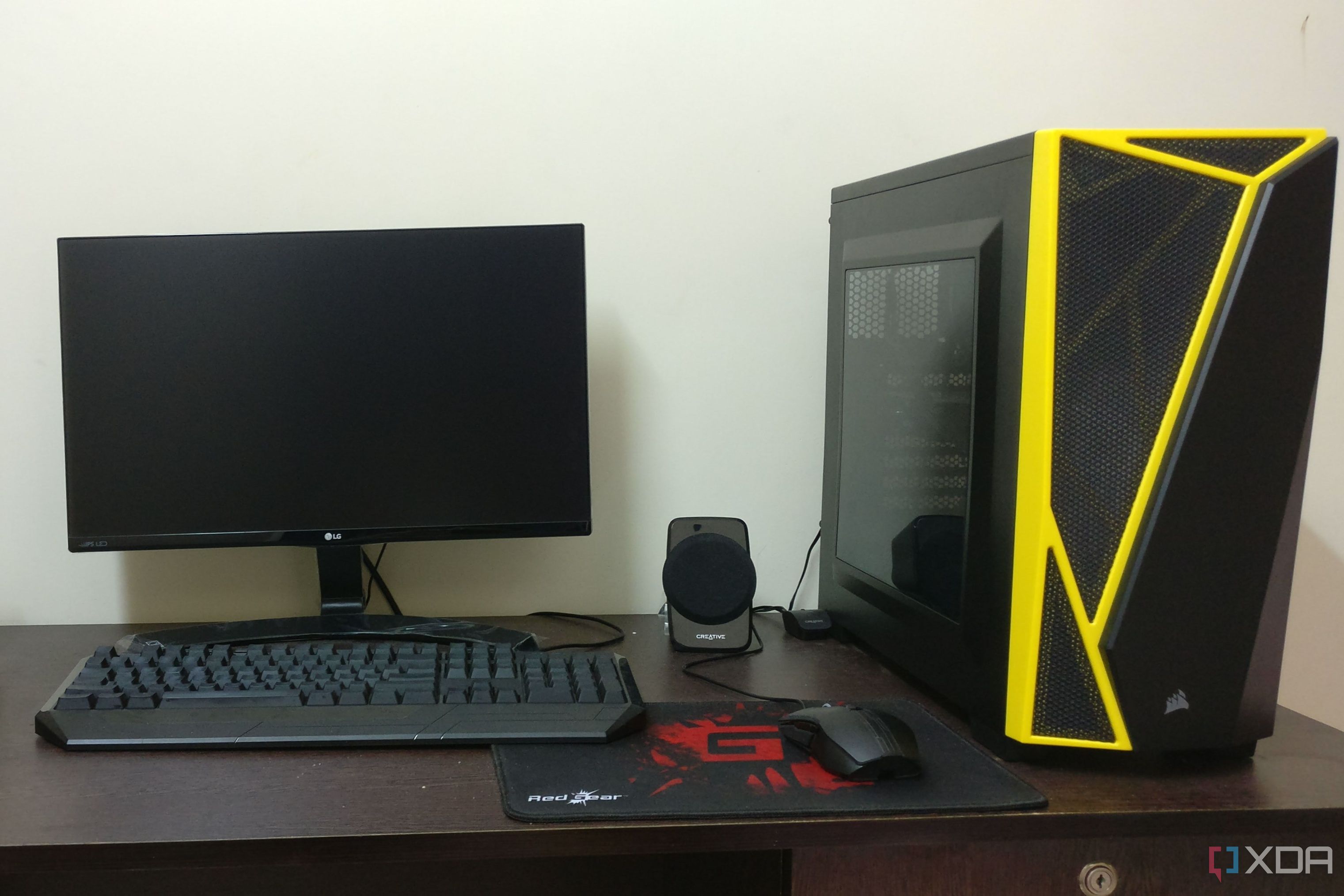I’ve written a lot about the PC components I regret buying, a list that even includes a CPU and a GPU. Today, however, I’m writing about the hardware purchases that aren’t core to the PC experience but still a vital part of it. These peripherals and devices can enrich or tarnish your time with your PC, depending on the performance and overall fit within your PC setup. I regret buying these products because there were better solutions available, with many of them not even priced much higher than the ones I actually bought. And the extra value that I would have enjoyed from those better products far outweighed the price delta.
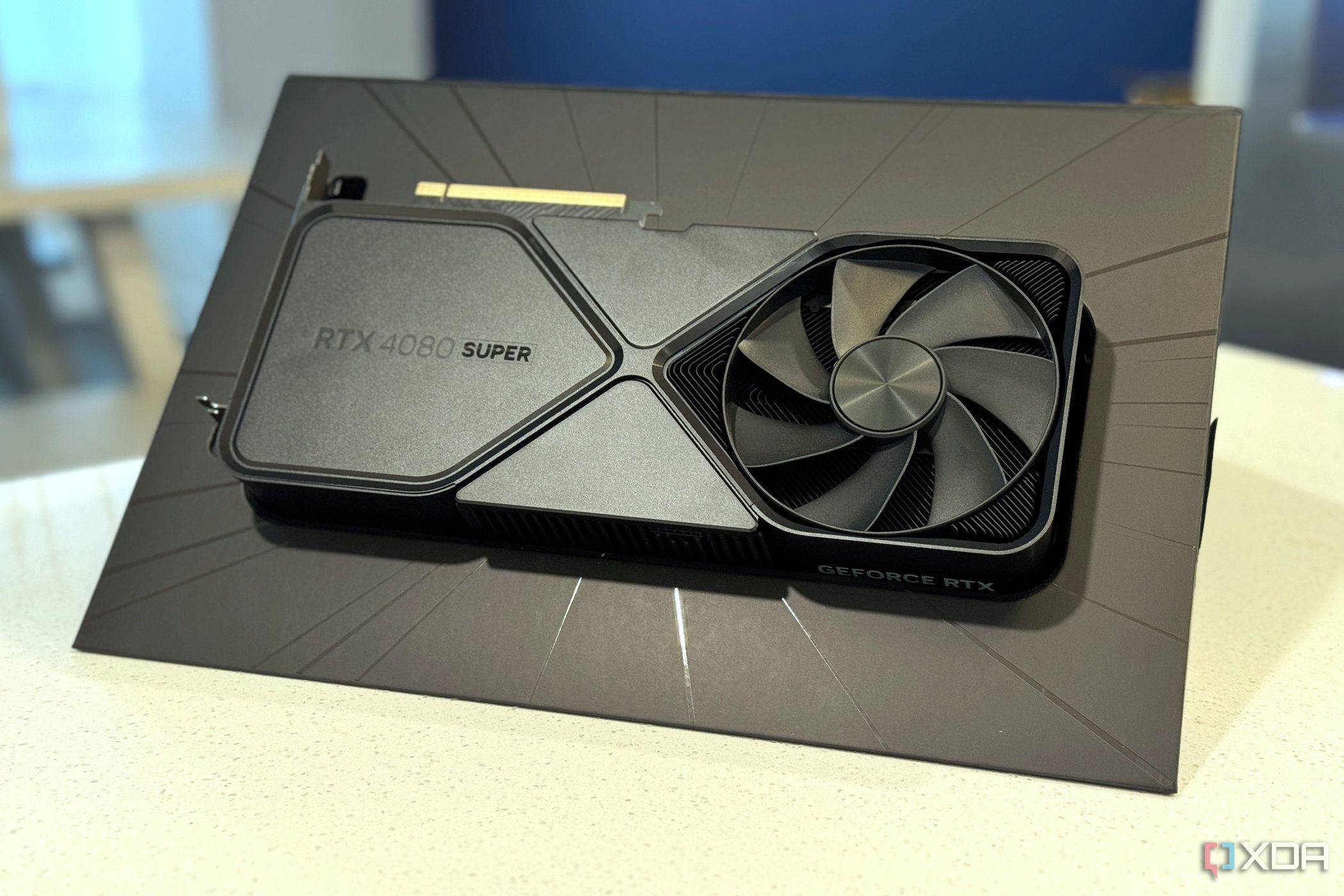
Related
6 CPUs and GPUs I regret not buying at launch
Only know you love her when you let her go
5
USB Wi-Fi dongle
I desperately needed better Wi-Fi on my PC
This one kind of makes sense, considering the situation I was dealing with at the time. It was early 2020, I had just moved into my partner’s shared apartment, and there was no Ethernet connection I could use for my PC. Using my smartphone’s mobile hotspot was proving to be a struggle, as the LTE coverage and speed were limited in our locality (I wasn’t on 5G at the time). So, I decided to go for the quick and cheap solution — a USB Wi-Fi dongle.
However, the TP-Link dongle that I bought never worked as advertised. The internet plan in the apartment wasn’t an issue — the 100Mbps connection worked fine on every other device. The dongle technically supported speeds of up to 150Mbps, but I never managed to get more than 10Mbps on my PC. This was worse than the mobile hotspot that I was cursing before buying the dongle. Plus, the connection was never consistent; it kept dropping randomly and just refused to connect sometimes.
I later realized I should have bought something a bit more powerful; maybe, one of those dongles with one or two antennas, or better yet, a Wi-Fi extender. I was trying to solve a problem in the cheapest way possible, and that’s not always the best approach.
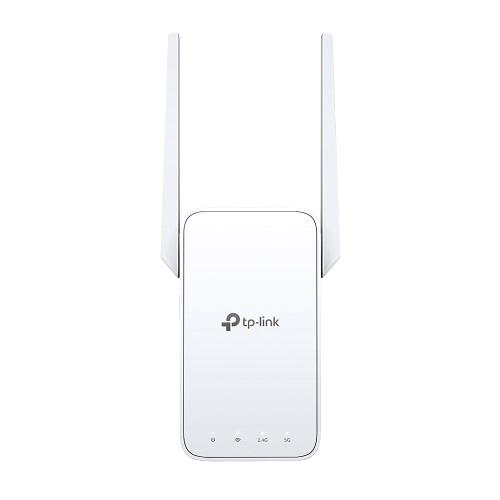
TP-Link RE315 AC1200
$23 $27 Save
$4
The RE315 from TP-Link is a cheap, yet capable, Wi-Fi extender with enough speed for streaming and browsing. You can even speed things up with a high-speed mode with a dedicated backhaul.

Related
10 common Wi-Fi issues and how to solve them
Wi-Fi issues on Windows are some of the worst, but here are some simple solutions to fix them
4
Underpowered UPS
Short-term thinking came back to bite me
This story is an even older one from 2017, when I was building my previous gaming PC. Since I had a GTX 1050 Ti and Ryzen 5 1600 build, I didn’t need too much backup power. I decided that a 600VA UPS from APC would be a cheap yet sufficient solution to any unexpected power outages. While this thinking was correct, it ignored the fact that any GPU upgrades would throw a wrench in my calculations.
And, sure enough, when I upgraded to the GTX 1660 Ti two years later, the 600VA UPS started beeping whenever I was playing a heavy game. The extra load exceeded the backup threshold of the UPS, and the beeping signaled that it would fail to keep the PC on in the case of a power cut. I tried a lot to find a bypass for the beeping mechanism, but failed, and eventually, bought an 1100VA UPS.
If I had considered future-proofing my power backup needs, I would have spent the extra amount on a larger UPS for my PC in the first place.

APC BX1500M
$170 $185 Save
$15
The APC BX1500M is a high-quality, premium UPS with a maximum load capacity of 1500 VA and 900 W. Whether you have a desktop PC, monitor, router, printer, or all the above, this UPS will be able to handle it all.
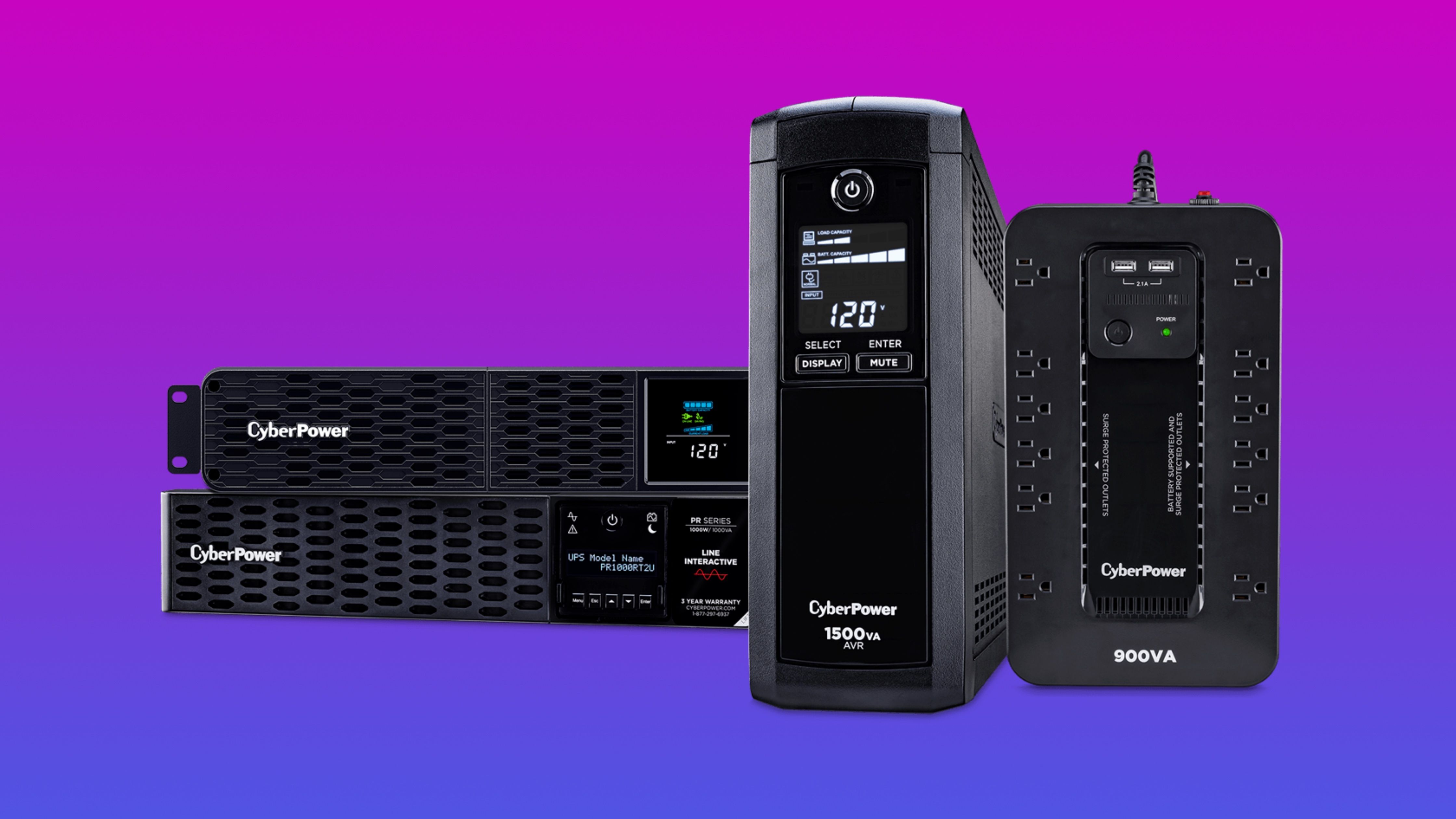
Related
3 reasons you might need a UPS for your PC
An uninterruptible power supply isn’t flashy, but it could be essential
3
Non-mechanical keyboard
I was ignorant of mechanical keebs at the time
The keyboard I bought for my gaming PC in 2017 was part of the Cooler Master Devastator combo — a membrane keyboard that was functional and had some RGB to speak of. It looked good for the price, and since I was already over budget, I didn’t want to spend too much on peripherals. Moreover, I had not fallen in love with mechanical keyboards yet — that was still 4 years away.
I ignored mechanical keyboards at the time, thinking they were just an excuse for manufacturers to charge more for what was “just a keyboard.” Although they were slightly pricier than the keyboard I bought, mechanical options weren’t out of reach if I wanted a decent budget model. The Cooler Master keyboard didn’t have anything that stood out in terms of the typing sound or feel. Had I made the effort to learn more about mechanical keyboards back then, I would surely have invested in one without a second thought.
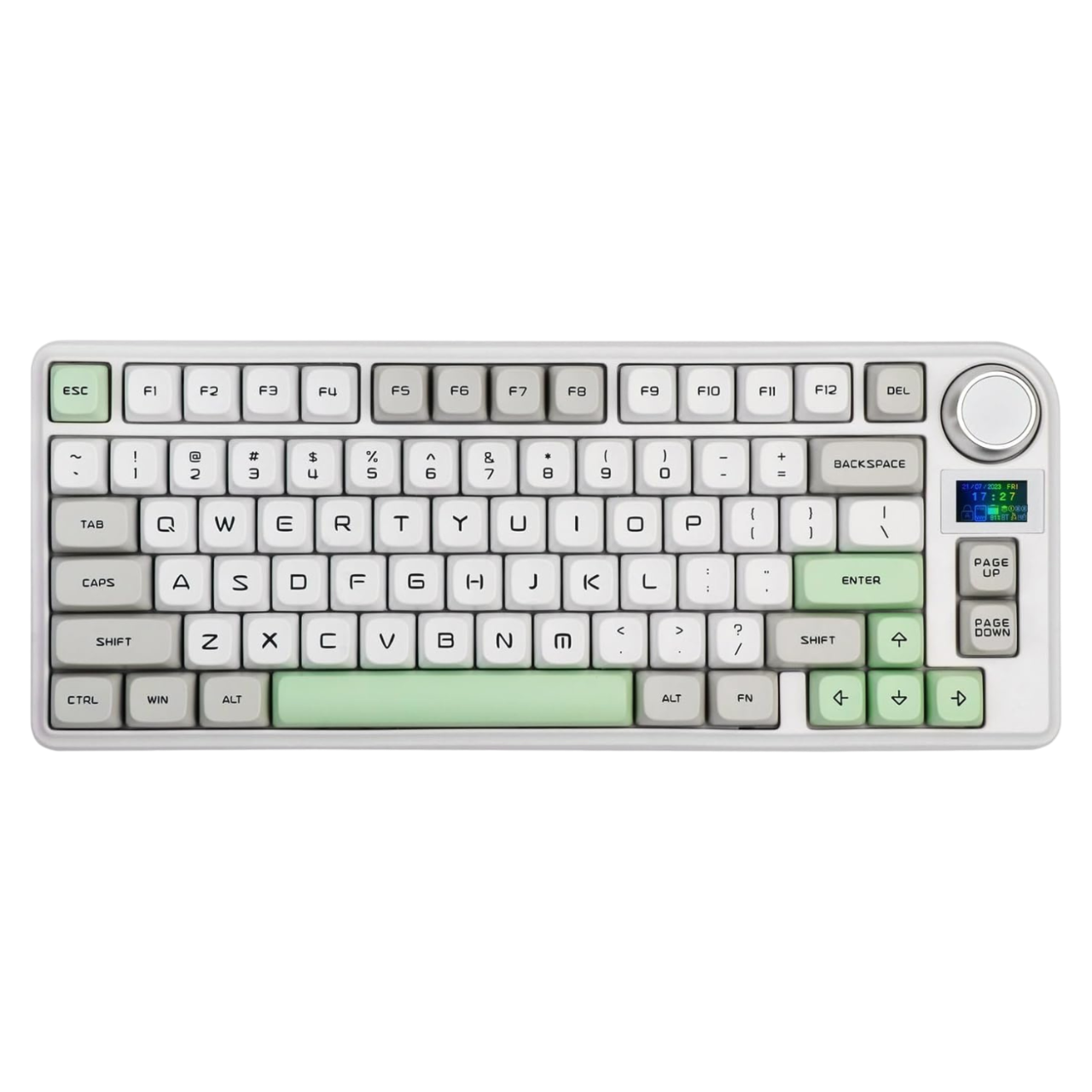
EPOMAKER TH80-X
$45 $90 Save
$45
The Epomaker Th80-X is a compact and affordable mechanical keyboard with all the right features. What gives this keyboard a bit more character is the small display that can be customized to show important vitals about your computer or even custom animations.
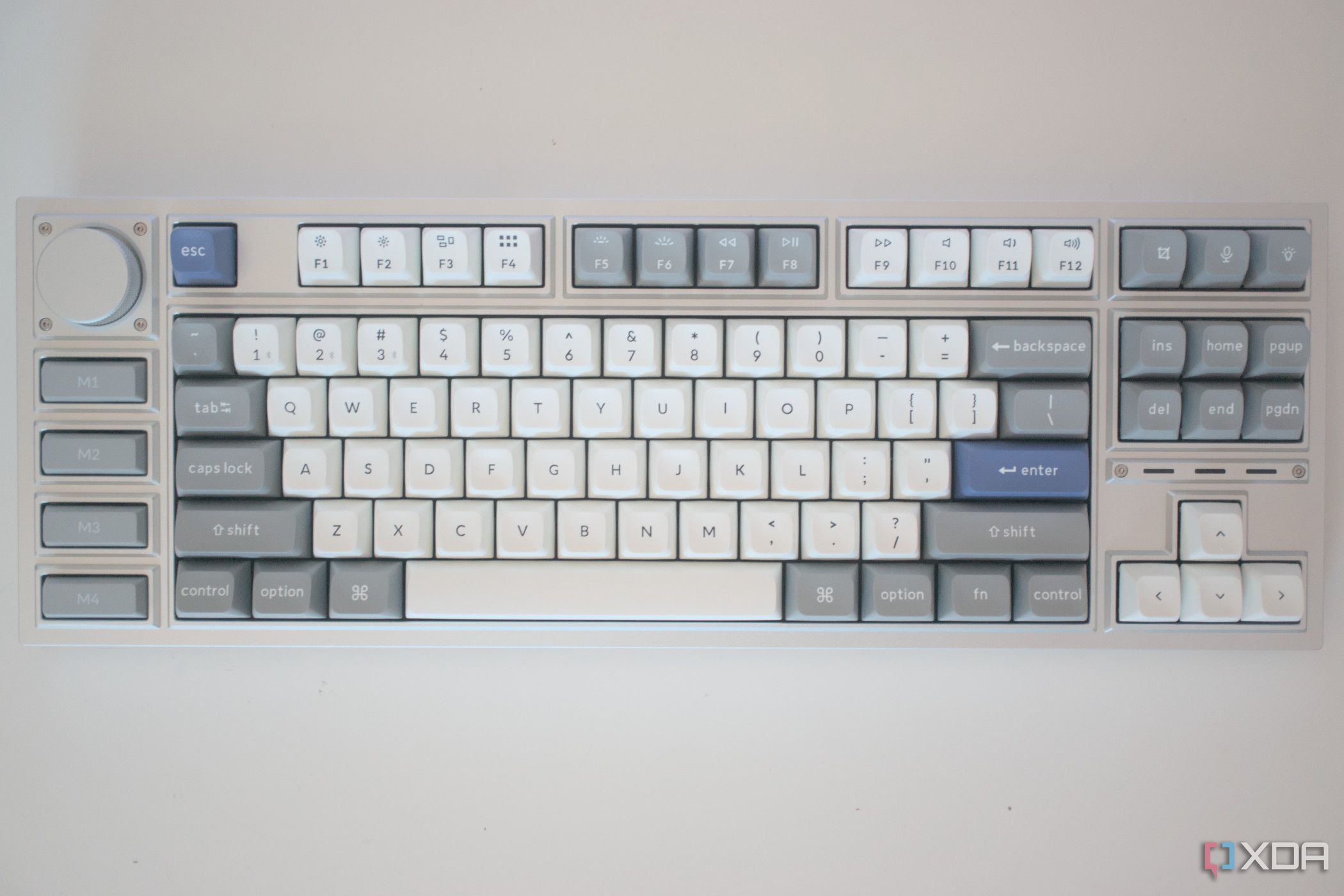
Related
6 reasons why I love mechanical keyboards
Mechanical keyboards are popular for a reason
2
Off-brand gaming headsets
All you need is a microphone, right?
The first gaming headset I bought for my PC was a cheap wired model from Redragon in 2018. It had those unrealistic claims like “7.1 surround sound” and had an overdone gamer esthetic that looked cringe in hindsight. It naturally didn’t last for long, losing audio in one of the earcups within a year. After that, I bought a slightly better one from a brand called EKSA after watching a review by a YouTuber I trusted.
This headset was much better than the previous one in terms of the build quality, soundstage, and longevity, but even this one didn’t last for two full years. The deteriorating headband and earcups made it impossible to use. I then bought a Razer gaming headset, which has been going fine for two years now. It took me too long to realize that a certain level of investment is required for a headset with an acceptable level of experience. In my quest to not overspend on PC hardware, I was wasting money anyway on sub-par headsets.
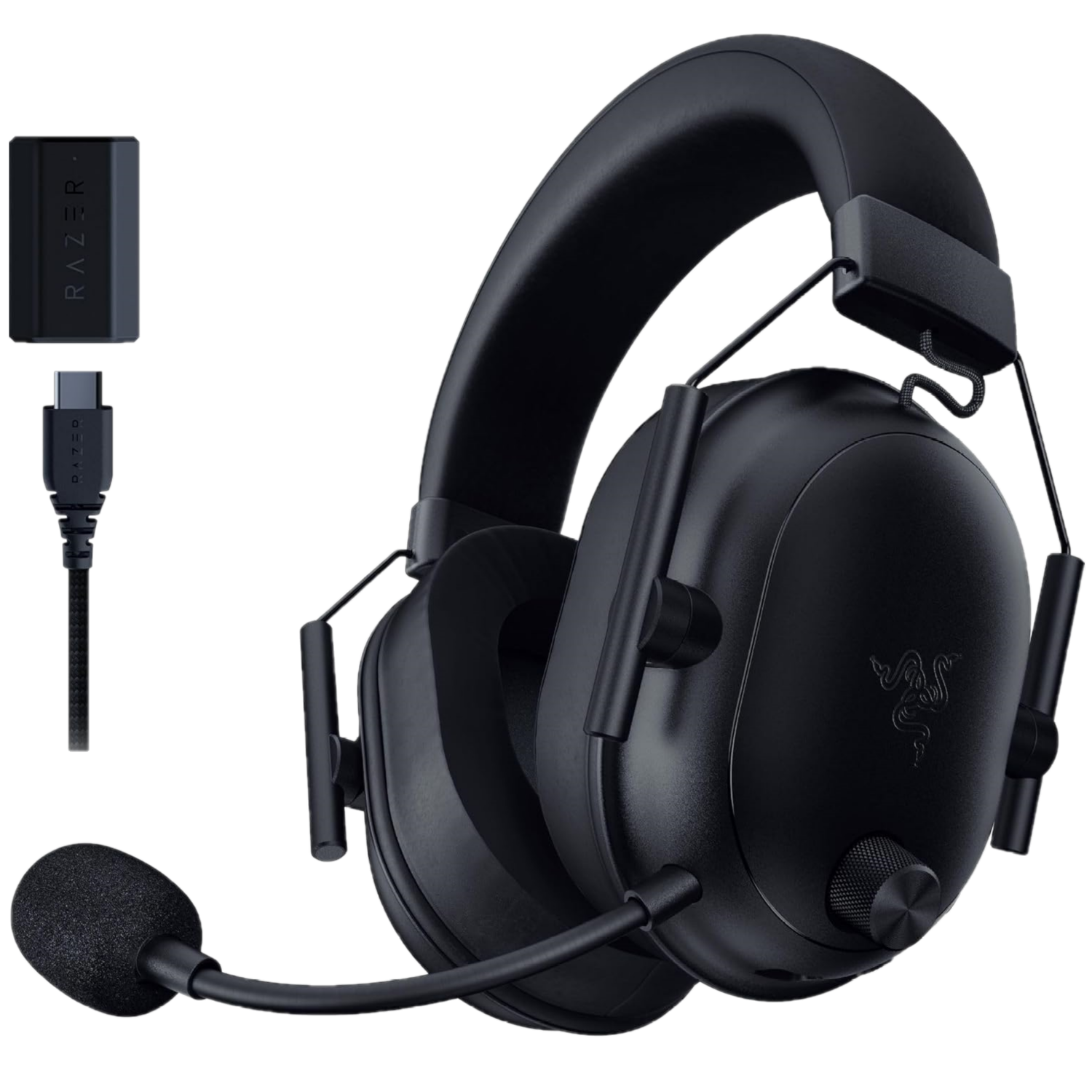
Razer BlackShark V2 HyperSpeed Gaming Headset
$99 $130 Save
$31
The Razer BlackShark V2 HyperSpeed is an affordable wireless gaming headset with a fantastic microphone and great battery life. It’s lightweight and features both 2.4GHz and Bluetooth connectivity.
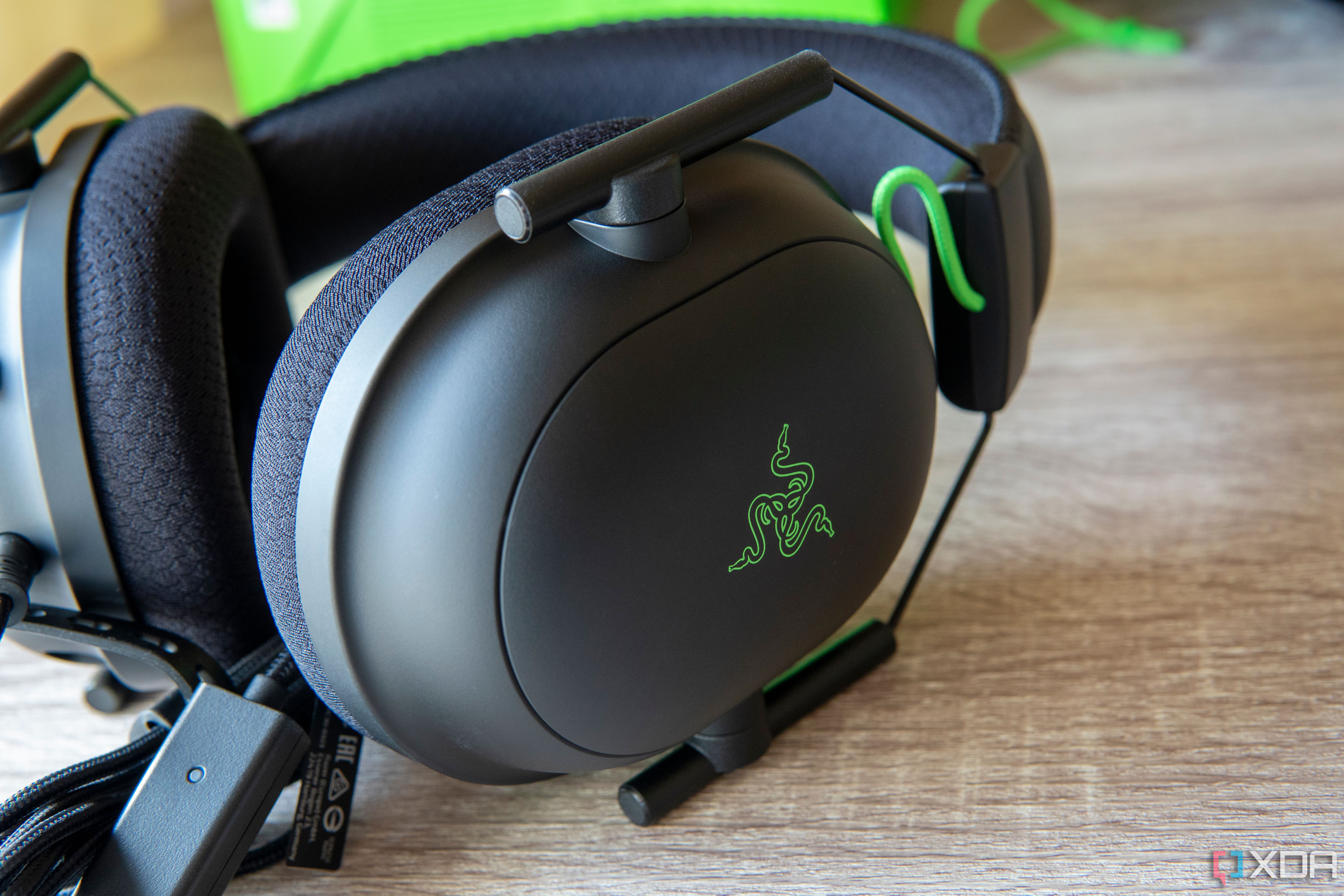
Related
Buying a new gaming headset? These are the things I always look for
Use your budget wisely by looking for these features first.
1
22-inch gaming monitor
Size matters
The monitor that I had prior to building my PC in 2017 was a 22-inch 1080p Dell model with a 60Hz refresh rate. It was an LCD monitor with a TN panel, and not something you’d call a “gaming monitor.” You’d think that I would upgrade to something significantly better for my next PC, but I decided to save money again, picking a 22-inch 1080p LG IPS monitor with a 75Hz refresh rate.
The panel was objectively better, sure, but I should have gone for an upgrade in size at least, if not the refresh rate or resolution. The size of a monitor ranks high when you think about gaming immersion, and despite the lifelike IPS colors and the slightly better 75Hz refresh rate, I was left wanting. I did eventually upgrade to a 27″ 1440p 144Hz gaming monitor four years later, but the years that I actually had the time to enjoy long gaming sessions were wasted on a small 22-inch display.
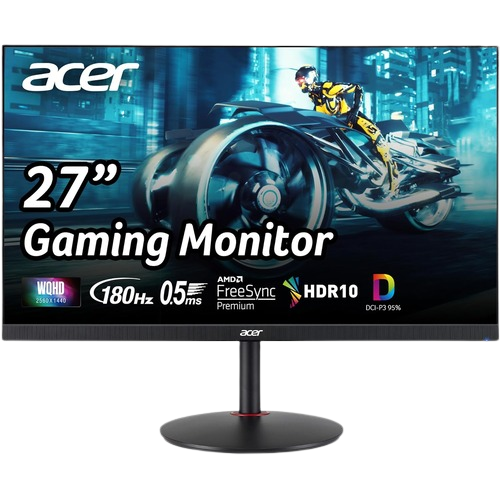
Acer Nitro XV271U Gaming Monitor
This gaming monitor offers 2560×1440 resolution, 180Hz refresh rate, AMD FreeSync Premium, and an ergonomic design.
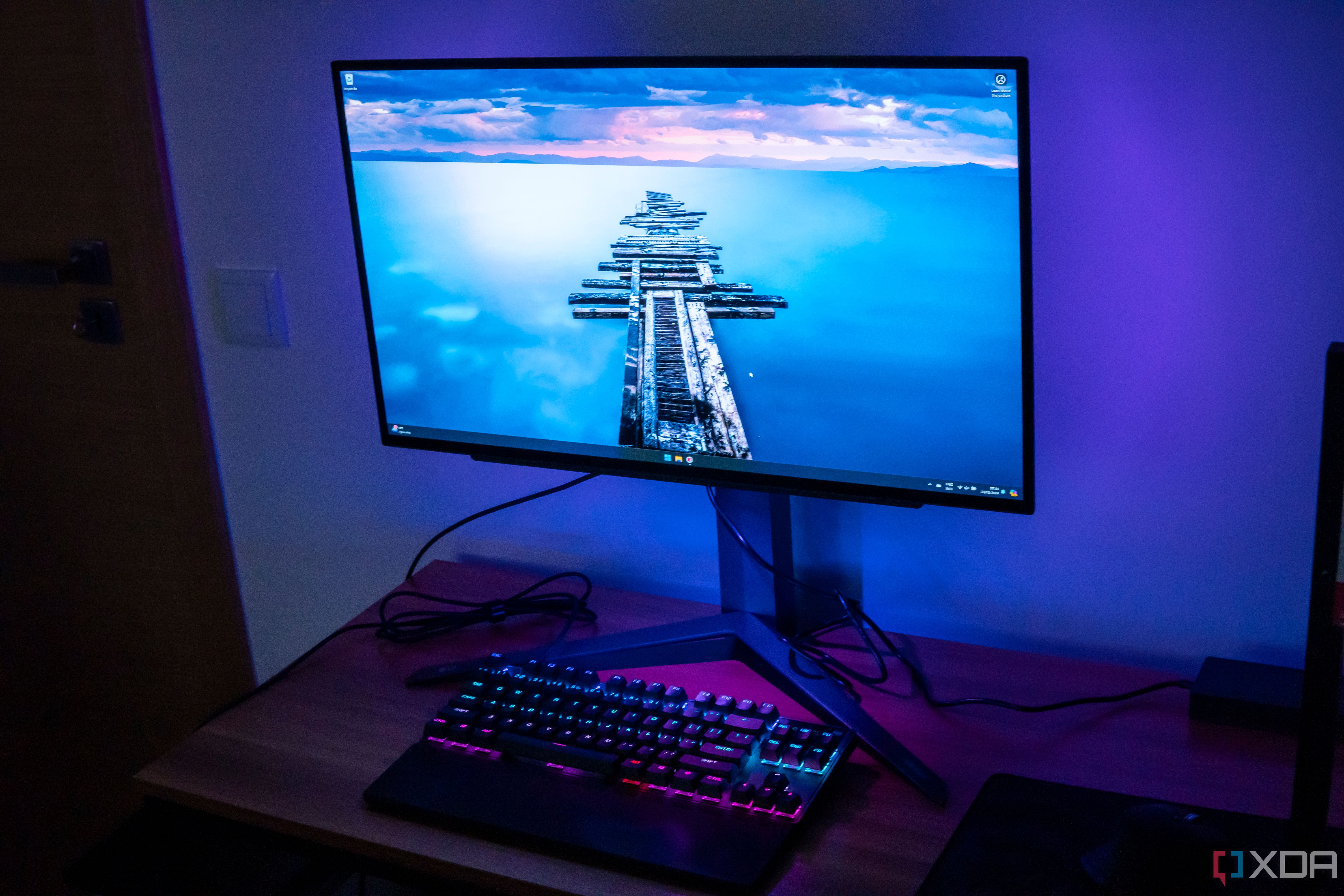
Related
Why 27-inch monitors are king for gaming and you should buy one
Looking for the perfect monitor size? 27 inches is your best bet.
Quality peripherals require some investment
Saving money on peripherals doesn’t mean one should waste money on cheap products that give up within a year or two. To enjoy a decent gaming experience, you should consider investing a bit more in well-reviewed products that last longer. Plus, you should also consider future-proofing your setup when buying a monitor and UPS. You might not need the extra performance or capacity right now, but two years down the line, you’ll realize it was the right decision.


